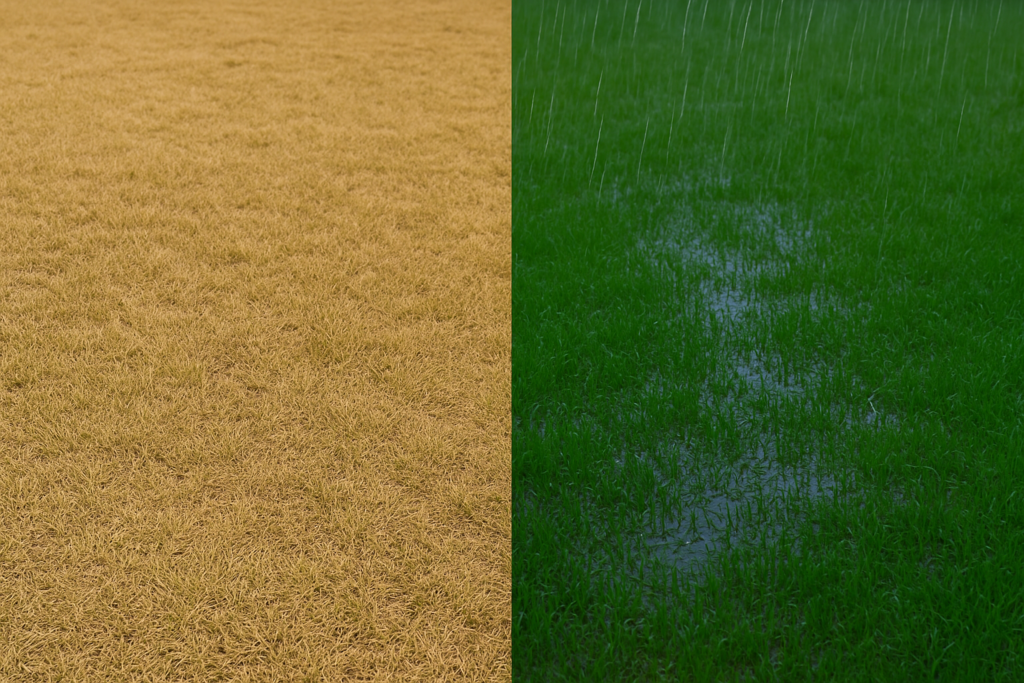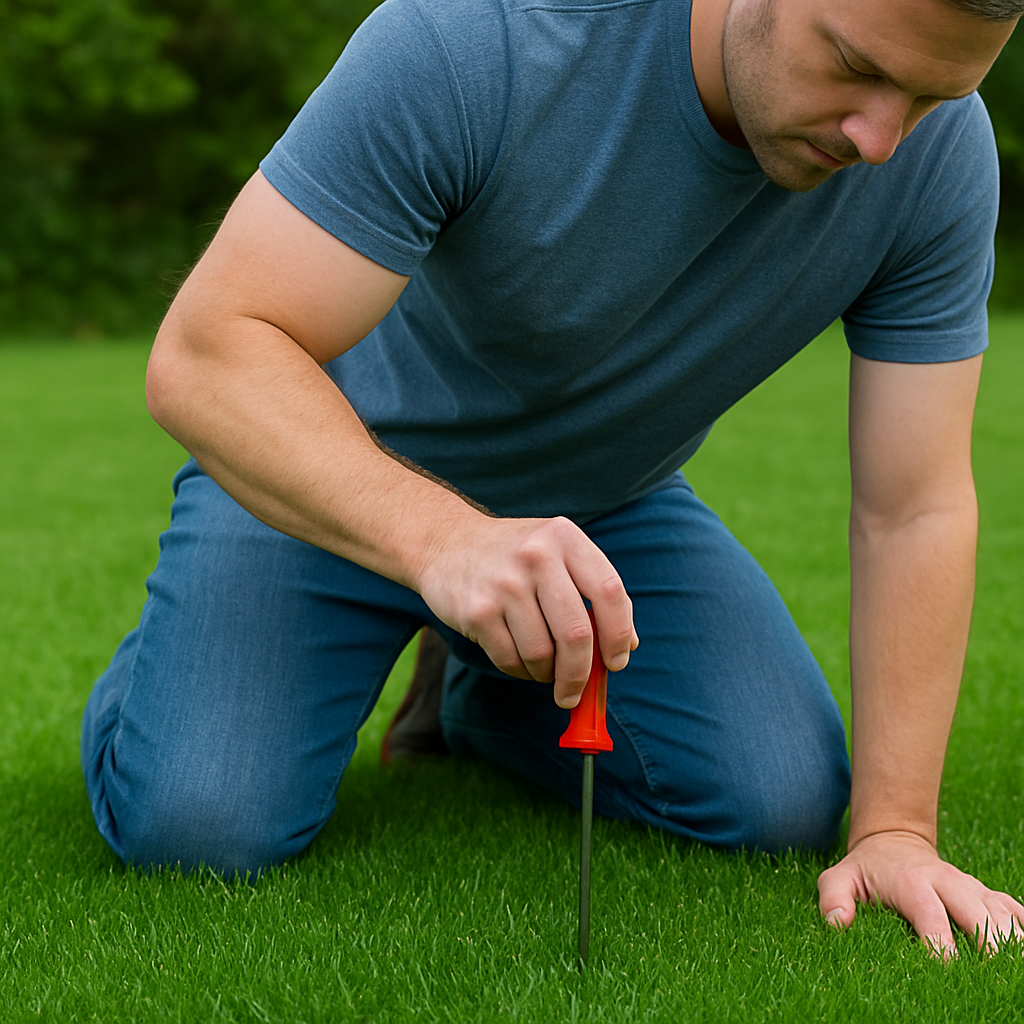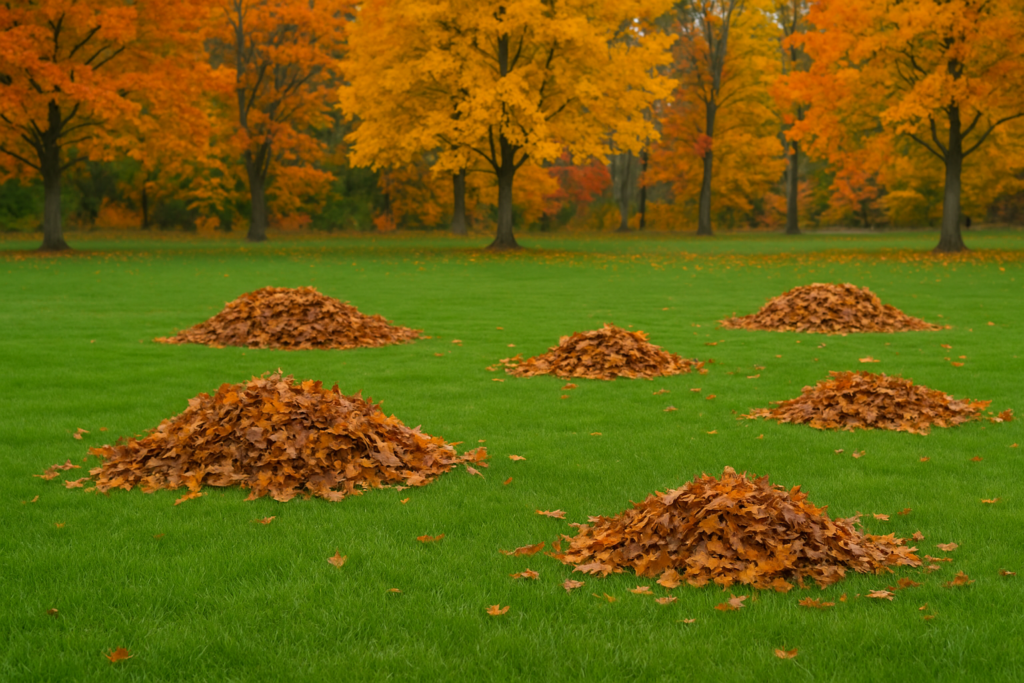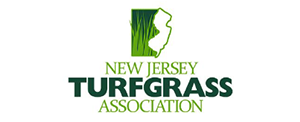Aeration can do wonders for your lawn’s health—but only if it’s done at the right time. Aerating at the wrong season or when your soil doesn’t actually need it can waste time and money. So when is the right time to aerate your lawn? Let’s break it down.
Why Timing Matters
Grass growth cycles are the biggest factor in timing lawn aeration. Aerating during peak growth ensures that your lawn recovers quickly and fills in holes created during the process.
For cool-season grasses common in New Jersey, fall is the best time to aerate. Grass is actively growing in cooler temperatures, soil is still warm, and there’s less weed competition.
The Screwdriver Test
Not sure if your lawn even needs aeration this season? Try the simple screwdriver test:
Insert a screwdriver into the soil.
If it penetrates easily to 6 inches, your soil is not compacted—core aeration may not be necessary.
If it’s difficult to push through, your soil is likely compacted and could benefit from aeration.
Read our guide on when aeration doesn’t work to explore other causes of lawn stress.
Weather and Soil Conditions
Successful aeration depends on soil moisture:
- Too Dry: Aerators struggle to penetrate hard, dry ground.
- Too Wet: Wet soil plugs can clog machines and damage the lawn.
Aim for soil that is moist but not soggy, ideally a day or two after rainfall or light irrigation.

Pairing Aeration with Other Lawn Care Practices
Aeration is most effective when paired with overseeding and fertilization:
- Overseeding: Seeds fall into aeration holes, improving soil contact and germination.
- Fertilization: Nutrients penetrate deeper into the soil through the holes.
Learn more about overseeding and fertilization after aeration.
Key Takeaways
- Fall is the best time to aerate cool-season lawns in NJ.
- Use the screwdriver test to confirm whether aeration is needed.
- Moist soil, not too dry or too wet, ensures the best results.
- Pair aeration with overseeding and fertilization for maximum lawn health.
Not sure if your lawn needs aeration this fall?
Timing is everything when it comes to aeration. Done in the right season, aeration can set your lawn up for months of healthy growth. Done at the wrong time, it may do more harm than good.
Frequently Asked Questions
Why is fall better than spring for aeration?
Fall aeration encourages root growth and limits weed competition, while spring aeration can sometimes boost weeds.
How often should I aerate my lawn?
Most lawns benefit from aeration every 1–3 years, depending on soil compaction.
What if I miss the fall window?
Spring is an option, but results won’t be as strong for cool-season grasses.
Can I aerate after heavy rain?
It’s best to wait a day or two until soil is moist but not waterlogged.
Should I water before aerating?
Yes, lightly watering a day before makes penetration easier and more effective.



